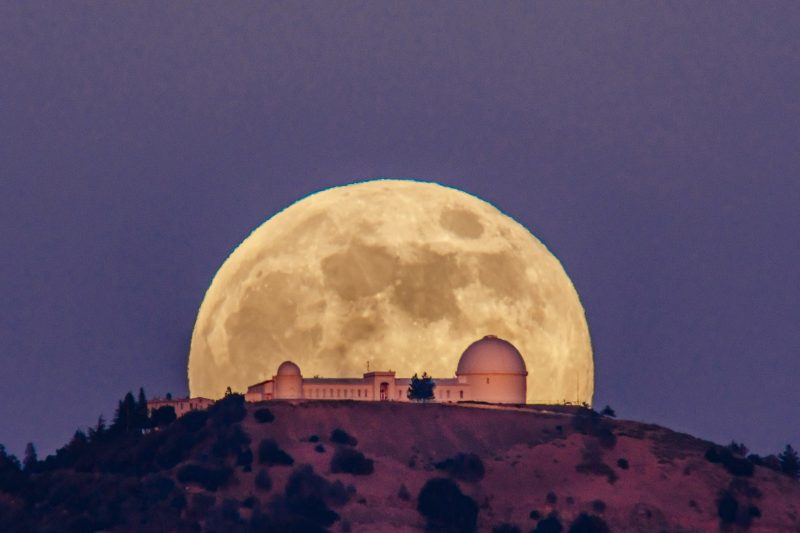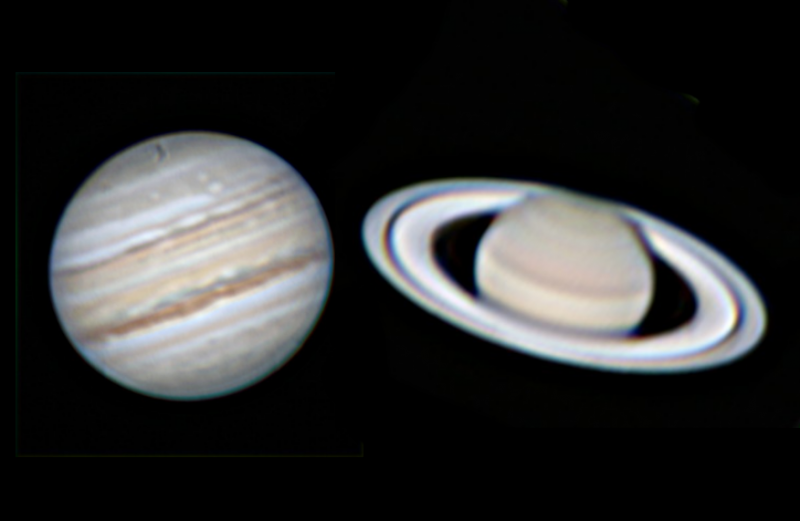On both June 16 and 17, 2019, the moon will appear full to the eye as it shines close to the king planet Jupiter all night long. The crest of the moon’s full phase comes at a specific instant, though – the instant the moon and sun are most opposite each other on our sky’s dome for this month – and that moment happens on June 17, 2019, at 08:31 UTC: translate UTC to your time. For the most of us in North America, that means the moon turns full in the wee hours before sunrise on Monday, June 17. More about that below. In North America, we call the June full moon the Strawberry Moon or Rose Moon. In the Southern Hemisphere, where the impending June winter solstice is bringing about short days and long nights, this June full moon is the Long Night Moon.
Read more: What are the full moon names?
Astronomers say the moon is full when it’s opposite the sun in ecliptic longitude. In other words, the elongation between the sun and moon is 180 degrees at full moon. Click here to know the present moon-sun elongation, remembering that a positive number means a waxing moon and a negative number a waning moon.

For the most of us in North America, 08:31 UTC on June 17 – the full moon instant – happens in the wee hours before sunrise on Monday, June 17. At North American and U.S. time zones, the full moon falls on June 17 at 5:31 a.m. ADT, 4:31 a.m. EDT, 3:31 a.m. CDT, 2:31 a.m. MDT, 1:31 a.m. PDT, 12:31 a.m. AKDT – and on June 16, at 10:31 p.m. HST.

If this full moon were truly opposite the sun, there would be a total eclipse of the moon. However this June full moon sweeps to the north of the Earth’s dark shadow, and therefore avoids being eclipsed. Next month, however, the northern part of the full moon will clip the southern part of the Earth’s dark shadow to stage a partial lunar eclipse on July 16, 2019.
The full moon acts as a mirror, reflecting the sun’s position in the sky for six months hence. Because the sun is so far south in December, tonight’s moon will follow the low path of the winter sun in the Northern Hemisphere, yet the high path of the summer sun in the Southern Hemisphere. North of the Arctic Circle, where the sun shines 24 hours around the clock in summer, you won’t see any moon at all; yet, south of the Antarctic Circle, where there is no sun at all, the June full moon will mimic the midnight sun of summer.

Bottom line: Around each month’s full moon, the moon rises in the east around sunset, climbs highest up for the night around midnight and sets in the west around sunrise. Look for the moon and king planet Jupiter to light up the nighttime from dusk until dawn around June 16 and 17, 2019.











